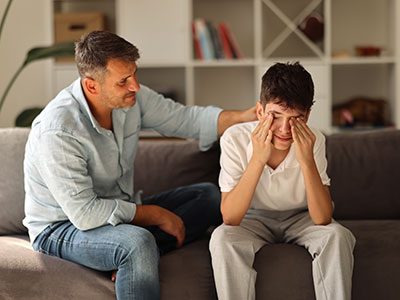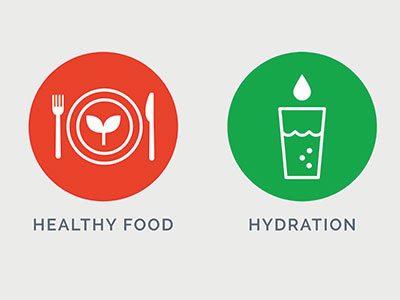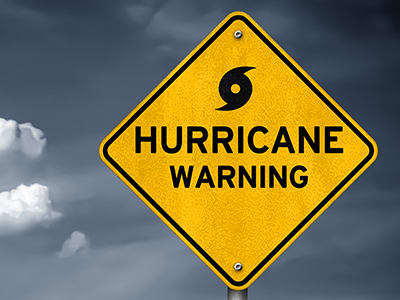June 8th, 2020 / 0 Comments
With racial inequality, anger, anxiety and distress at the forefront of our nation’s attention, Black families and families of color find themselves in the familiar position of having to discuss race, inequality and how their families can keep themselves safe. Systemic racism and police brutality disproportionately impacts Black families and communities. Non-Black families, particularly White families, may find themselves in the position of needing to talk about racism, inequality and their role in the problem and solution for the first time and not know how to do it.
This in and of itself is an important learning moment, knowing that none of us should have the privilege of not discussing racism with our children until we reach the goal of an equitable society. Make this summer a time when your family has ongoing discussions and experiences to foster a deeper understanding of racism in our country and what individuals can do to change it. Lives literally depend on this.
Talk about racism early and often
To make true change, all families should talk about racism early and often, at a level appropriate for what your child can understand. Answer questions honestly, be clear that you don’t have all the answers and approach the conversation from a place of discovery with the idea that you don’t know, but you can learn together.
Point out any instance of racism that you notice so that you and your children can become more aware of the many places privilege exists (e.g., “we are lucky that we can take a walk safely through our neighborhood. If we looked different, we might be scared that someone might assume we are doing something bad and call the police.”).
Learn about the history of racism
Now that we are homeschooling our children, a summer project should be to learn about history, focusing on the history of racism in our country and how that affects all of us today. Find books and articles to read together and discuss honestly and openly as a family.
The New York Times, for example, has curated children’s books on the experiences of people of color and minorities for a variety of ages. They also published the 1619 Project that would make a great series to read and discuss with older teens and tweens on the history of slavery. Reading recent articles on current treatment of immigrants accompanied by stories of our history of internment and maltreatment of groups of people (for example, those at The Seattle Public Library and Readbrightly.com) would be very good steps to take.
Do a “Change Project”
Another potentially useful and important approach would be to do a “Change Project” this summer. This teaches kids to identify a problem in their community that they want to change. Help them figure out what steps might need to happen in order to make this change. Help them work through the steps one by one and show them that even small changes can be work but are worth it.
This will teach them how to keep their eyes open for ways their communities can be improved and empower them with the knowledge and tools they need to continue to do this through life. Read books on activists to illustrate how one person can indeed change the world.
For example, you might ask your child to think about what books, pictures or materials are available in their classroom. Do they see representation of Black and Brown people? If not, maybe they could figure out what steps to take – research good options of books and materials for the class, make a wish list, email teachers or parents or classmates to take up a collection or ask people to purchase the items for their classroom. This is a good opportunity to help kids spot ways that we could improve and come up with real solutions for change.
Other ideas include having your child highlight a Black or minority city official, worker or neighbor they admire on social media/neighborhood blogs/newsletters; starting a blog or newsletter themselves; or creating a fund-raising campaign for a social justice cause.
Engage, and share your stories
One of the most important pieces of advice, and easiest to follow, is to provide your children with many opportunities to see and engage with people of different colors. You can find excellent resources for books, TV shows and other media (e.g., Common Sense Media) that makes sure that children see many positive representations of people of color. Teach your kids by example to question what they see. If you are reading books or watching shows that don’t have representation, call it out. Point out that isn’t healthy or real life and that is an artifact of our society placing value on skin color and that we should challenge this.
Conversations and involvement levels may be different for preteens and teens who may be regularly exposed to the current unrest via social media and their social networks. Adolescents may have themselves experienced racism or may know someone who has been victimized by racism and/or police brutality. They may be frustrated, sad and fearful for their and their friends’ future. Parents can support their teens by validating their feelings and engaging them in ways that make them feel productive in this movement. Online activism, fund-raising, educating peers and spreading awareness through social media may be helpful avenues. Allow your teens to share their stories in ways that are meaningful to them, but also encourage them to listen to Black voices and take their lead. If older teens want to participate in peaceful protests, talk to them about safety from violence but also COVID-19.
Don’t forget self-care!
There are some important things to remember as you embark on this difficult, but important journey. First of all, self-care for parents is important. This is difficult for many parents, but you need to make sure that you center yourself and have these conversations when you are feeling as calm as you can be to guide the conversation meaningfully. If you become overwhelmed, label it and model good self-care (for example, “this conversation is very hard for me. I’m going to take a moment to myself to sit with my sadness and reset.”).
Make sure to use language that your children can understand. Check in with them (“did you understand what I just said? Do you want me to try again to make sure you understand?”). Don’t over- and under-react if your child asks a question you find upsetting. Make sure you don’t dismiss, ignore or make them feel bad for thoughts and feelings. Teach them that making mistakes in what you say is an important part of the learning process. If you feel like you’ve messed this up during a conversation, seek your child out later and apologize and tell them that you handled it wrong and will try again. This provides a model for how they can manage when they do say something hurtful – own it, apologize, and do better next time.
























Leave a Comment
Want to join the discussion?Feel free to contribute!